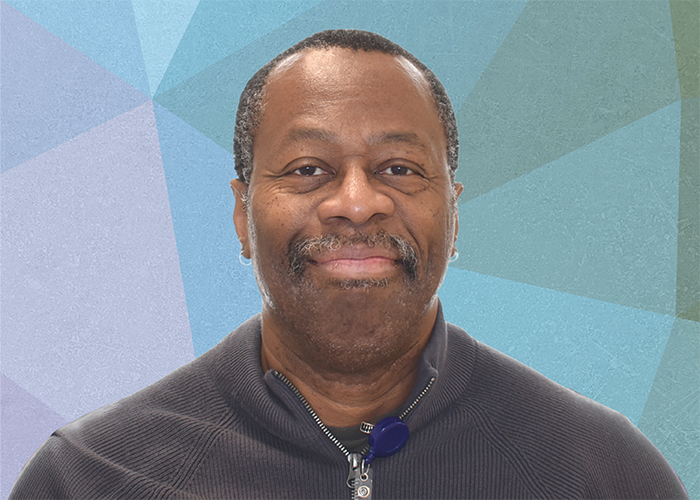
How did you get into the field of forensic pathology?
My interest in forensic pathology developed early in my career because of my experiences as a specialist pathologist in Montego Bay Jamaica with the United Nations Volunteers. I wanted to gain credentials that would be appreciated by my peers, legal colleagues, and employers.
How do you approach cases – and what factors influence the decision-making process during an autopsy?
For the most part, I approach a case the same way a clinician approaches a live patient: gain a history (and/or the circumstances of death from the investigating authorities), examine the body and document findings, take samples for testing, review all the results, and put together a report – in this case, a cause of death determination. Obviously some cases are easier than others. For example, a simple external examination may be appropriate for one case while another would require more complex dissection and a far greater investment of time and thought.
What motivated you to create the New Brunswick Pathology Forum? How do you think it has benefited the community?
Local gatherings tend to foster local connections and cross pollination. I think the death investigative staff have a better understanding on why we insist on certain protocols. Now, we are all able to put names to faces and, by making informal introductions, it is much easier to pick up the phone and call when we need each other’s assistance.
What specific methods do you use to improve the quality of forensic pathology?
Apart from the usual discussion of cases before and after autopsies, we have robust (though not infallible!) peer review processes, which include near 100 percent review of all reports. Certain cases (suspicious deaths or homicides) are mandatorily reviewed before they are signed out. “Administrative review” is a phrase we use to describe a review by a non-pathologist who hopefully brings the perspective of how a lay person could misunderstand the report. We are also tightening up protocols to have consistent random peer review of court testimony.
All members of the forensic team regularly attend forensic conferences to keep up with continuing education requirements. The last thing we would want is to have to explain to a jury why we are not up to date with our knowledge and education.
How has the adoption of advanced radiologic imaging techniques benefited forensic autopsies?
These new techniques facilitate the production of “sanitized” evidence for juries – minimizing the risk of undue prejudice and aligning with the standard of care in infant death cases. They are also really useful in complex gunshot wound cases where determining wound direction can be difficult. Finally, they provide a permanent internal archive in cases where the next of kin object to an internal exam (in our institution it is usually infant death cases).
Improving pediatric death scene investigation is a focus for you. Could you discuss some challenges that are unique to this area?
The challenge is always gathering as much data at the death scene before the start of the autopsy. I admire the UK model in which a pediatrician has a chat with the family to tease out additional details. We are not quite there yet, but a few of our retired pediatricians might be persuaded to make virtual house calls. We already have a strong Child Death Review committee, which I also sit on. It is interesting to observe how we can all look at the same data yet interpret certain things differently. I appreciate the diversity of professional opinion.
What’s your biggest career highlight to date?
Becoming the first Black Canadian to be certified in Forensic Pathology by the Royal College of Physicians and Surgeons of Canada.
How can social media contribute to the broader dissemination of forensic pathology knowledge and public awareness?
Social media breaks down the mysticism behind what we do. Death investigation services are under constant threat of budgetary cuts (since the dead do not vote – though their next of kin do). If the lay public understands that funding provides qualified staff and equipment, they may be more disposed to advocate on behalf of the death investigation service.
An educated public – and hence jury pool – is more likely to provide an objective assessment of evidence when it is properly placed before them. It is important that they are able to understand the limits of what forensic science and pathology can do. Real life forensic pathology is not CSI. Cases are not solved in an hour of television programming.
Social media can also help because, ultimately, the field is experiencing a personnel shortage. The more people who know about the opportunities for employment, the better served everyone would be. Forensic pathology has a larger public health role beyond the traditional one of holding accused's accountable in a court of law. Alerts to carbon monoxide poisoning, recalls of devices for childcare, the mandatory wearing of seatbelts in motor vehicles, the mandatory wearing of hard hats in construction sites, and countless other measures to ensure workplace safety have come out of data gathered by forensic pathologists.
What advice would you give to young pathologists who are keen to enter the forensic pathology field?
Find a mentor and get as much exposure as you can in training. Attend national meetings and, if possible, collaborate on a research project. There will always be a forensic pathologist willing to go out of their way to convince you to join the specialty. Most importantly, salaries are going up so you no longer have to take a vow of poverty!
References
- Get a real-world perspective on forensic pathology beyond TV dramas. Learn the truth from professionals in the field. Read more!




